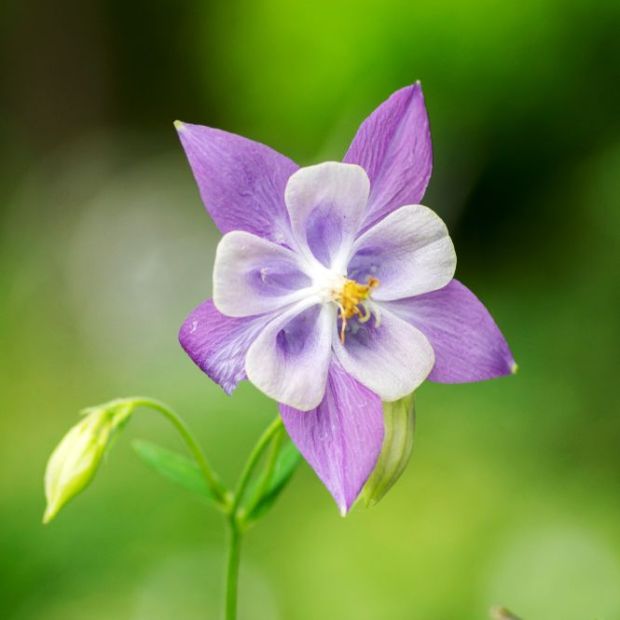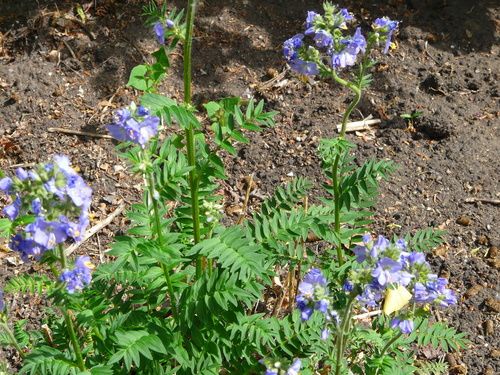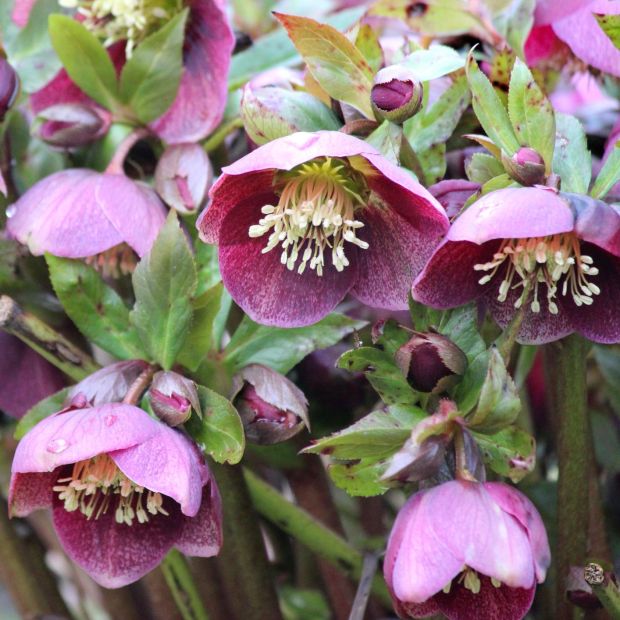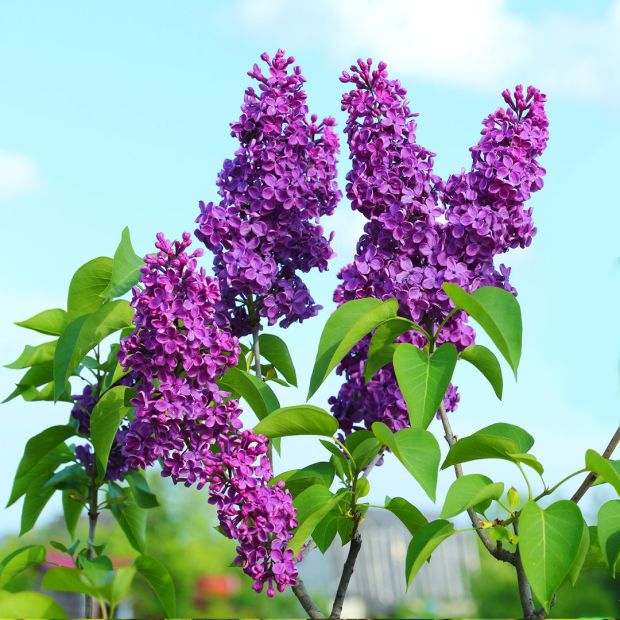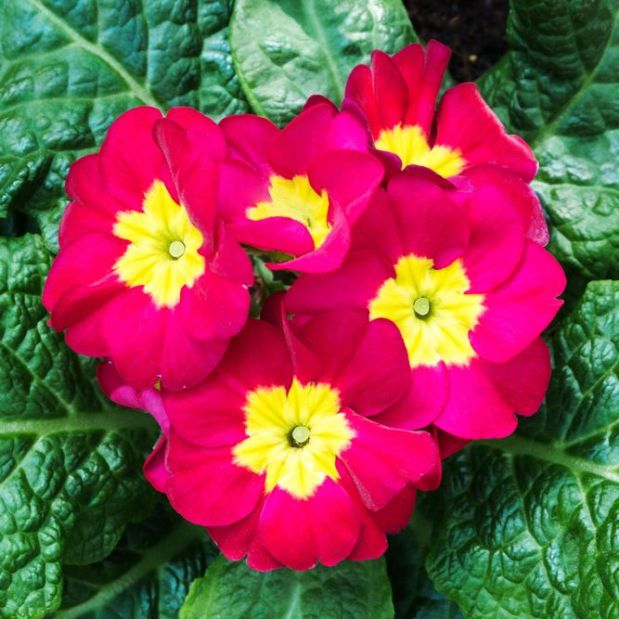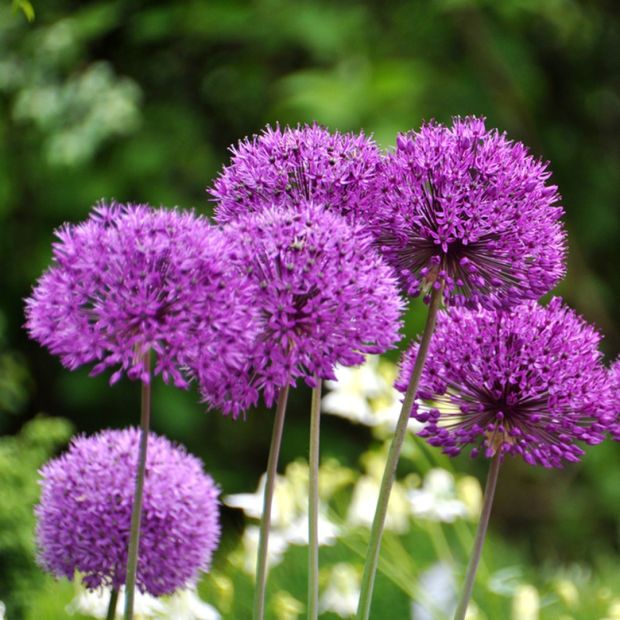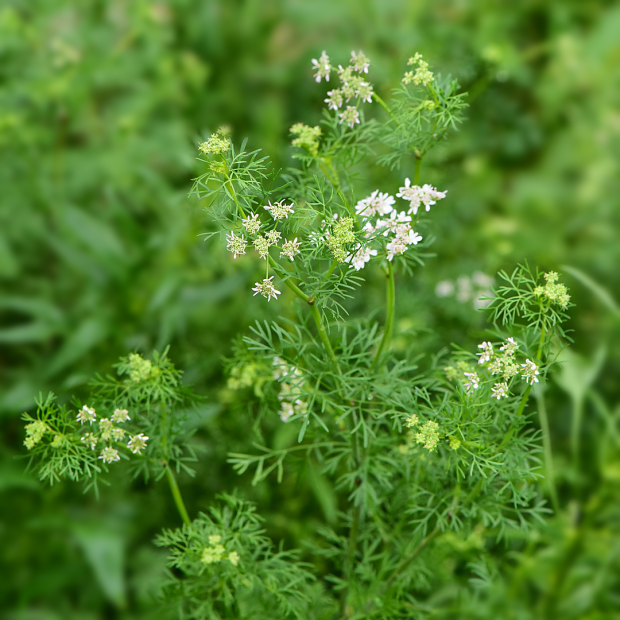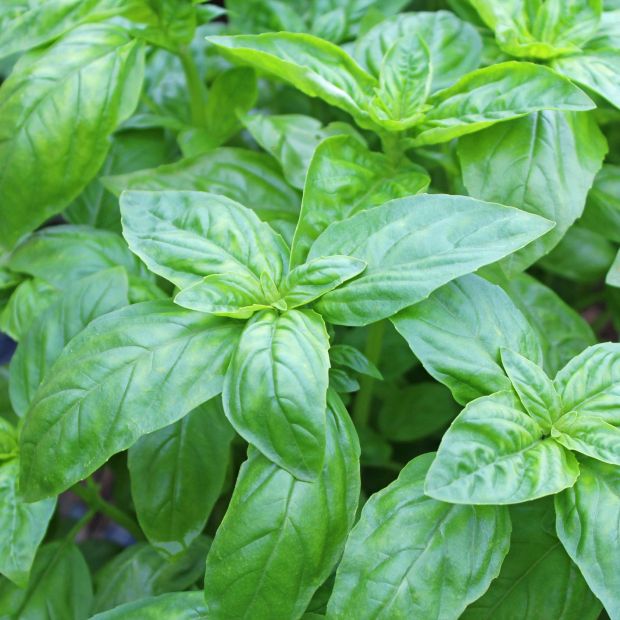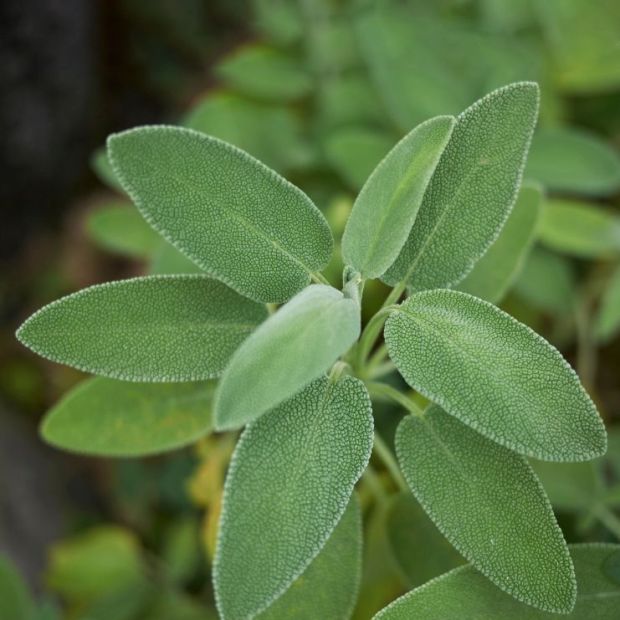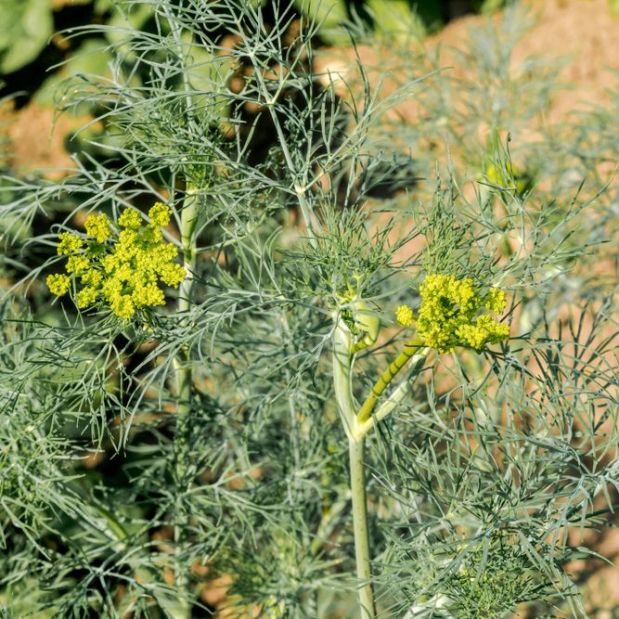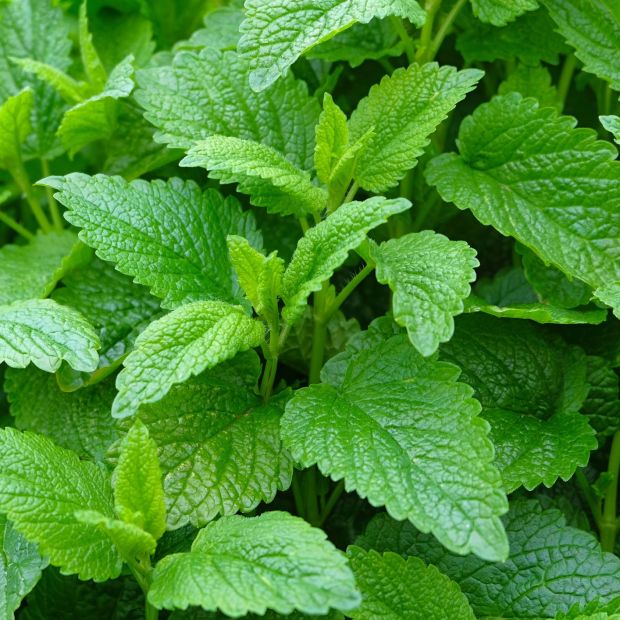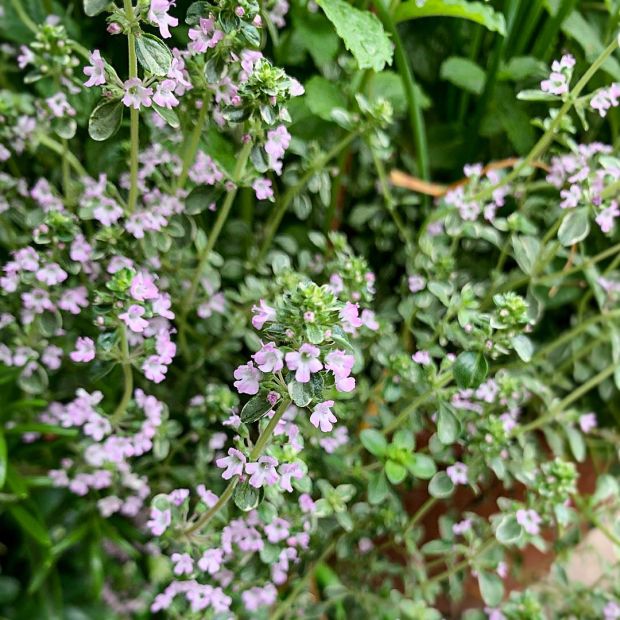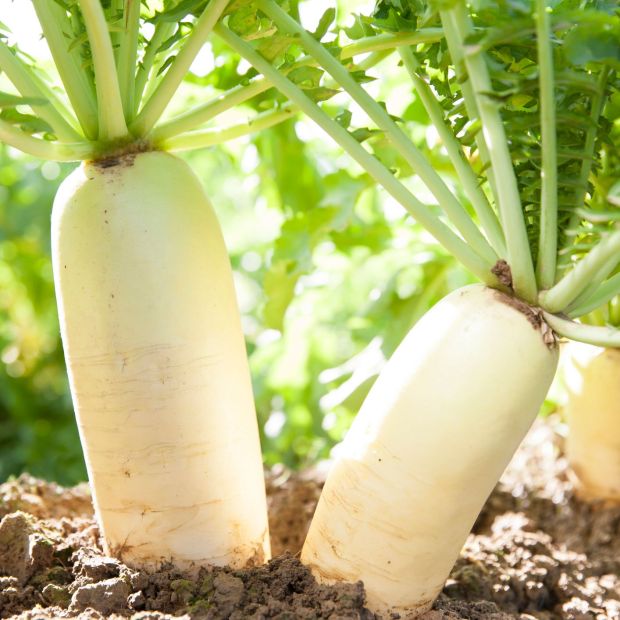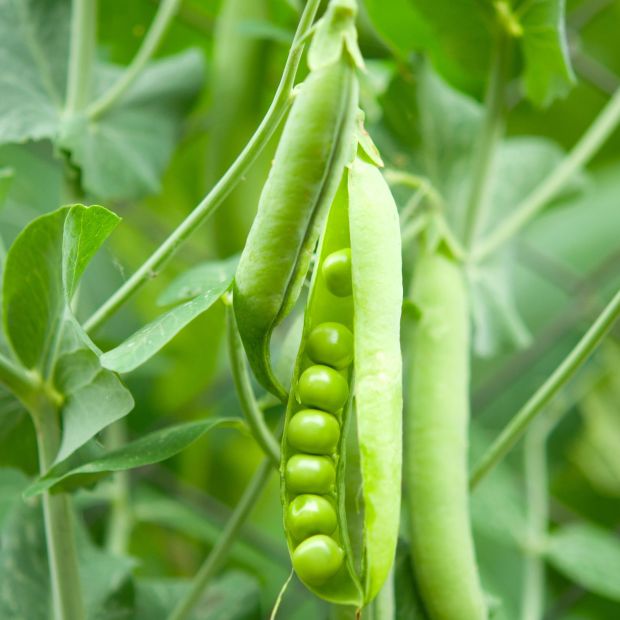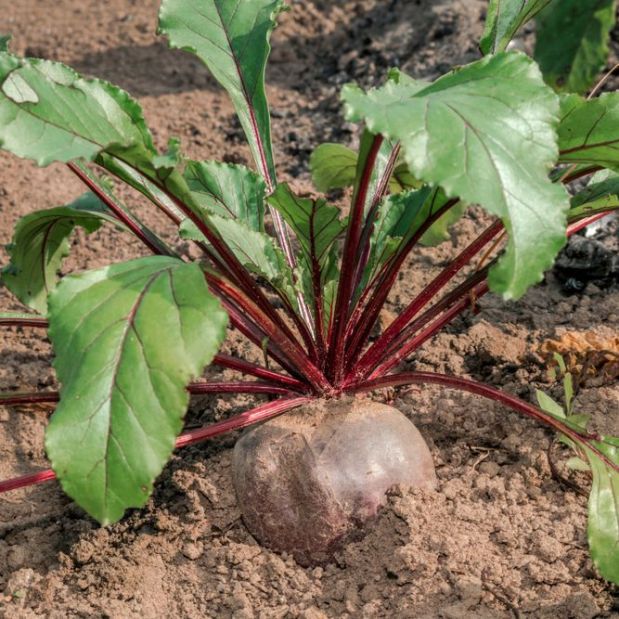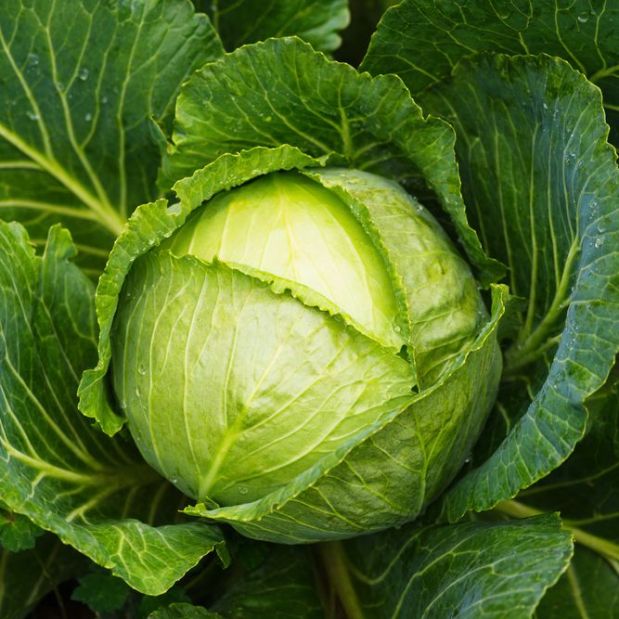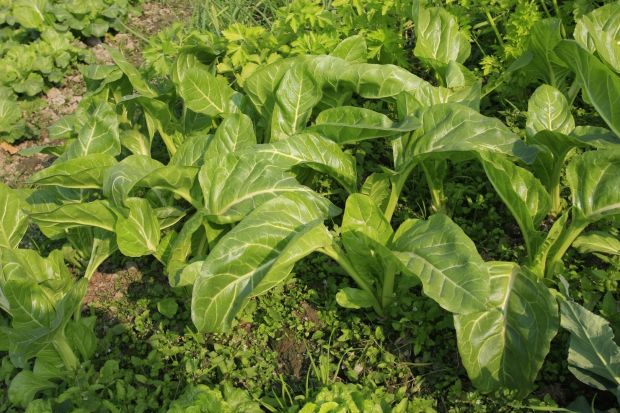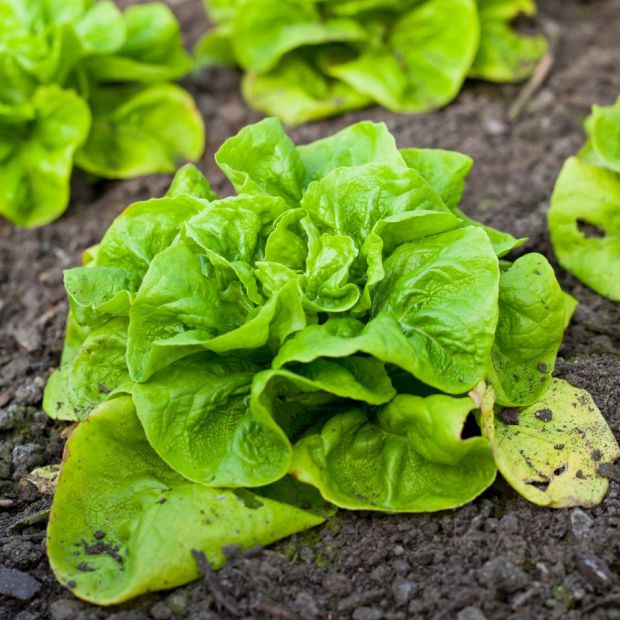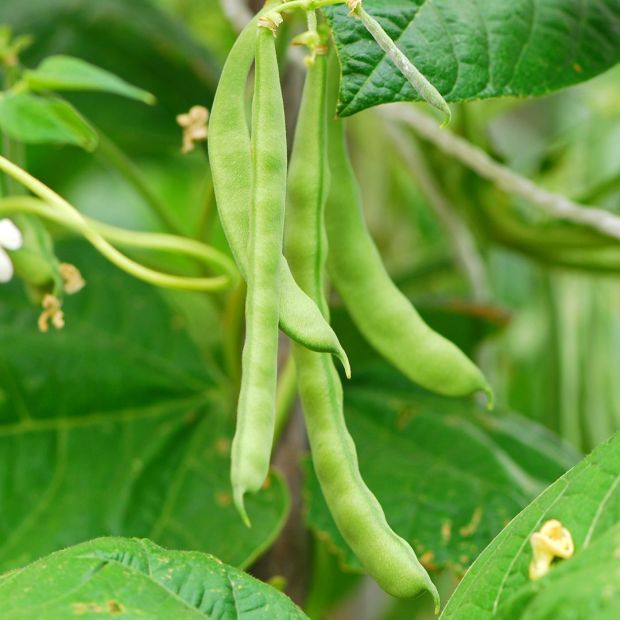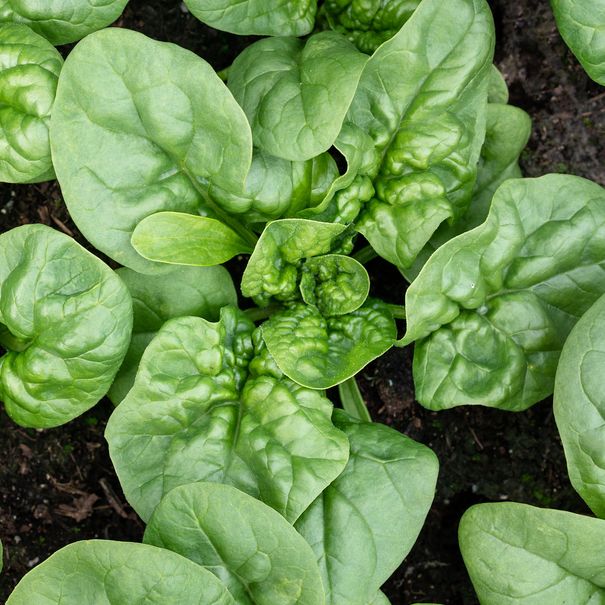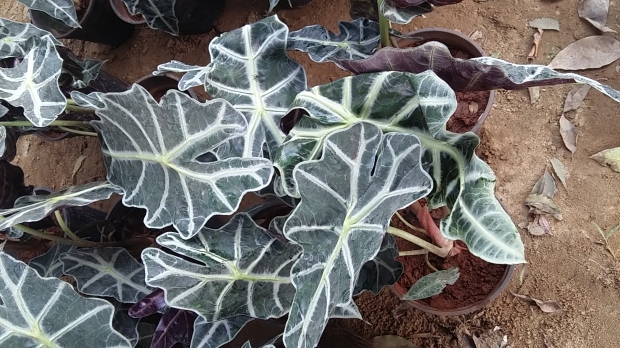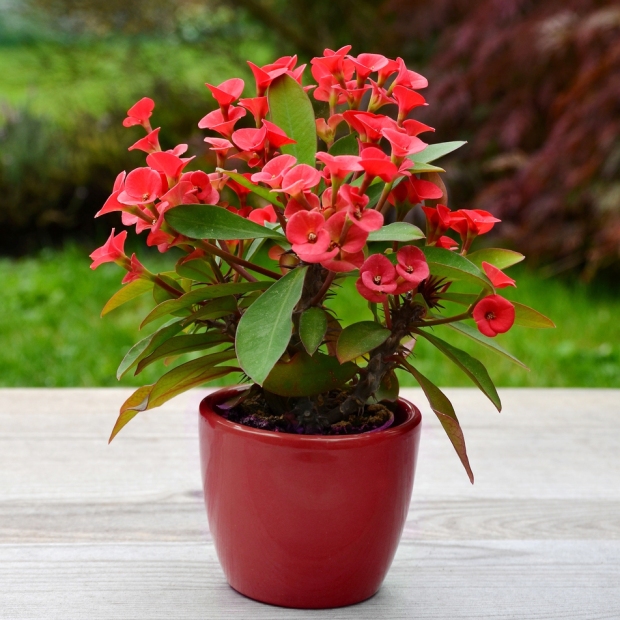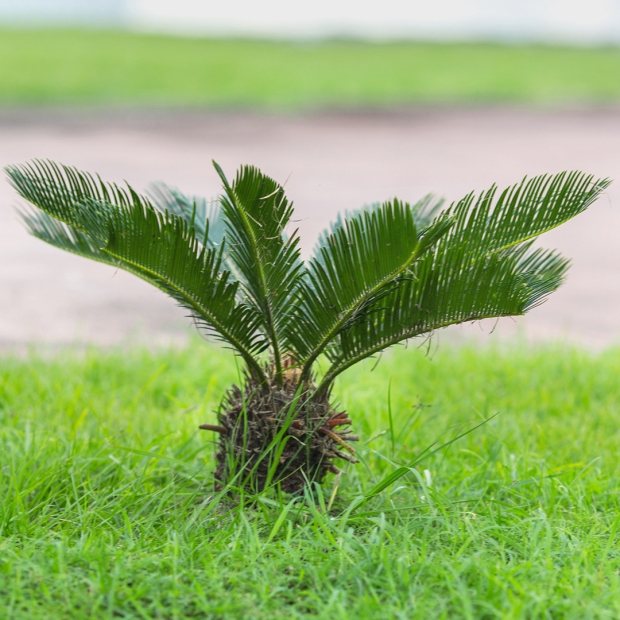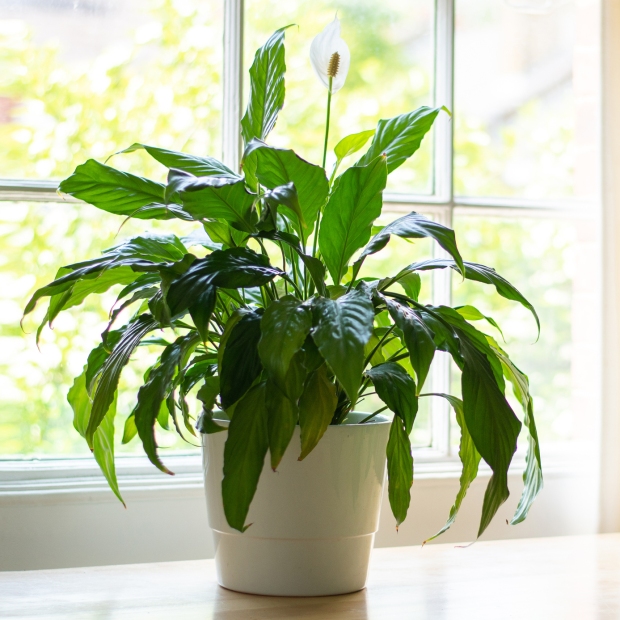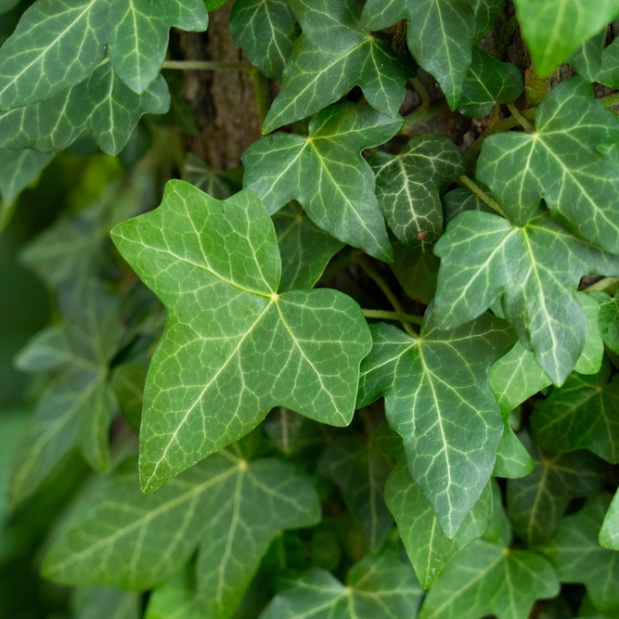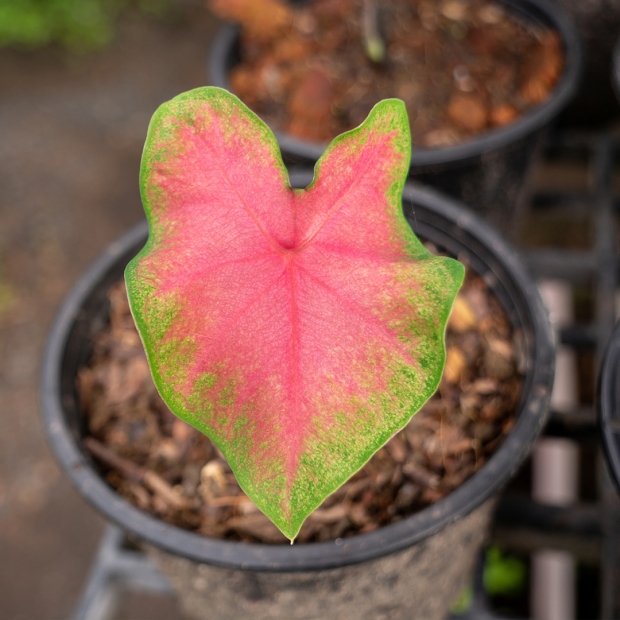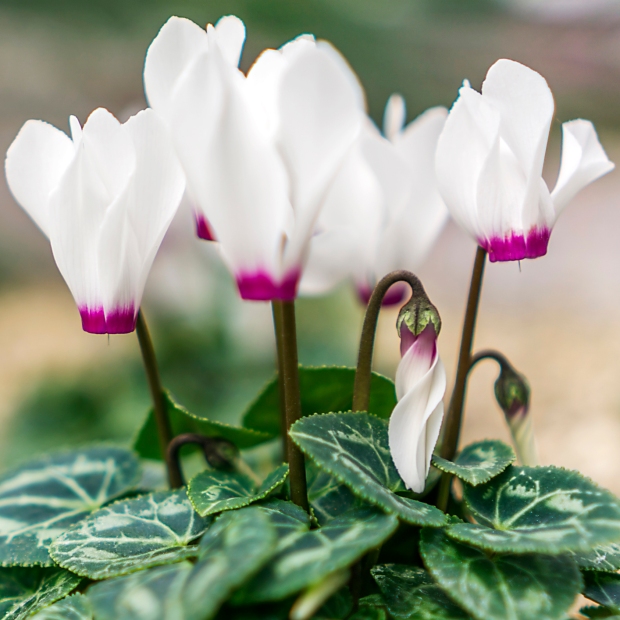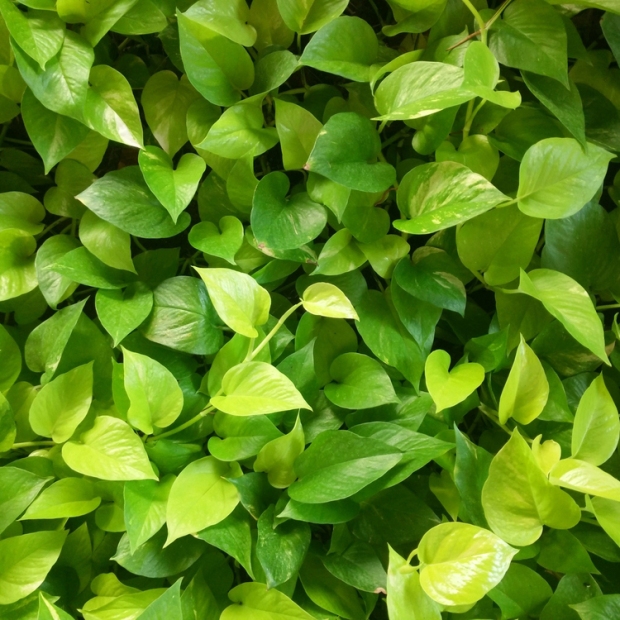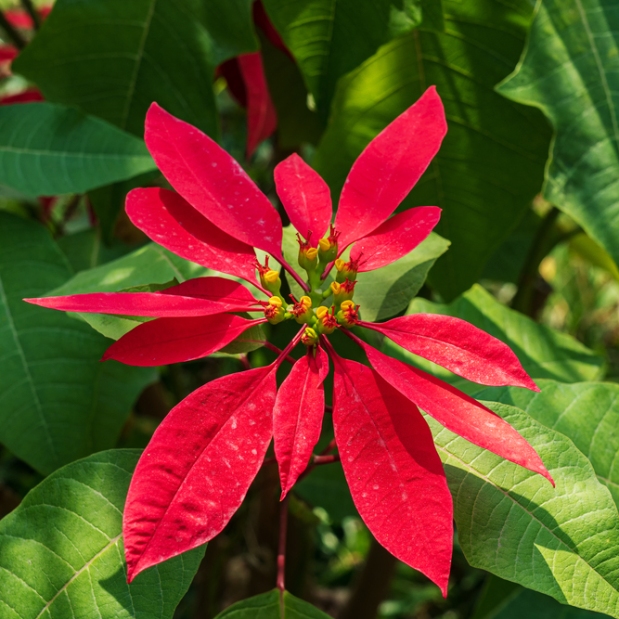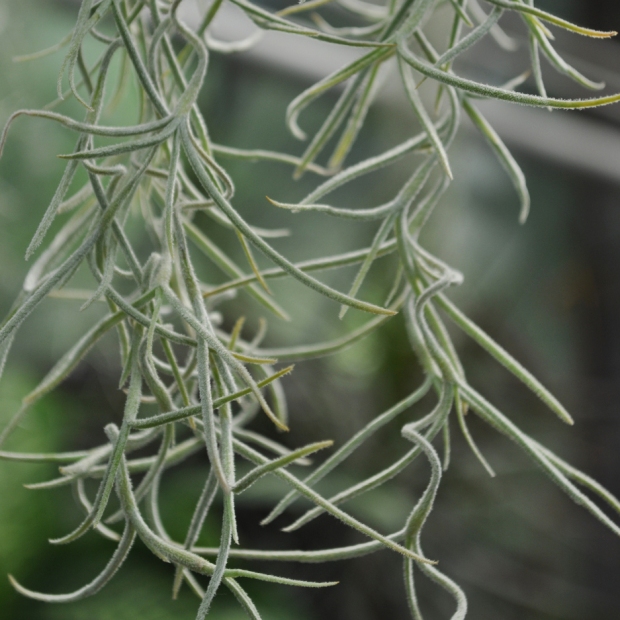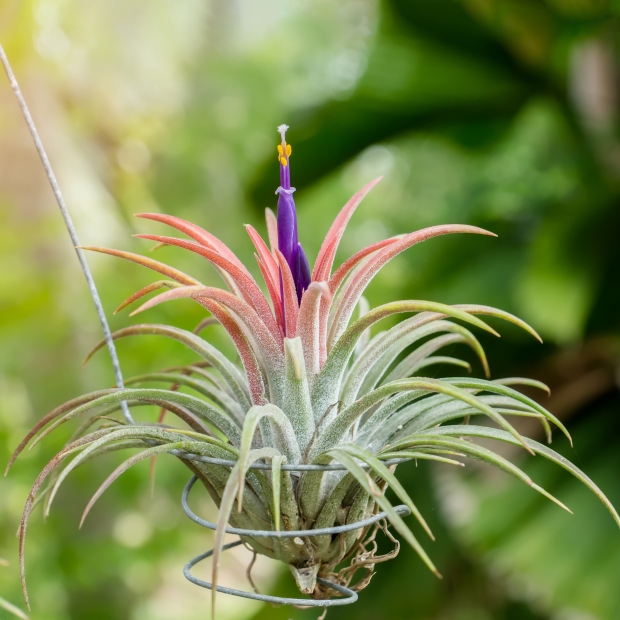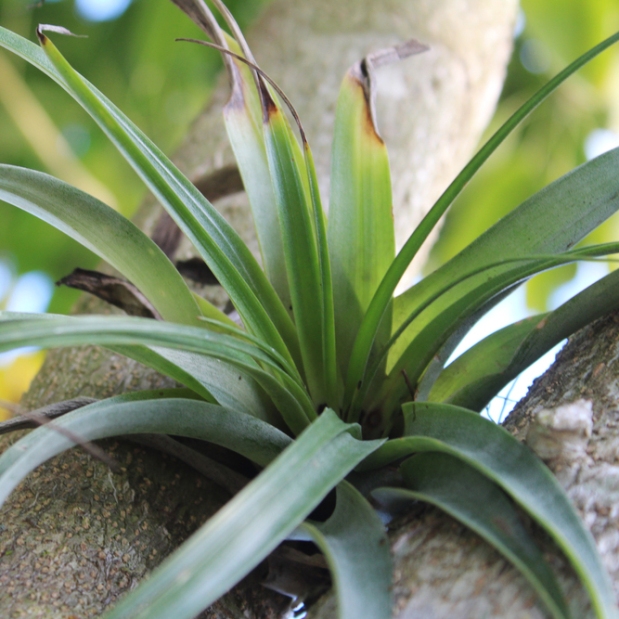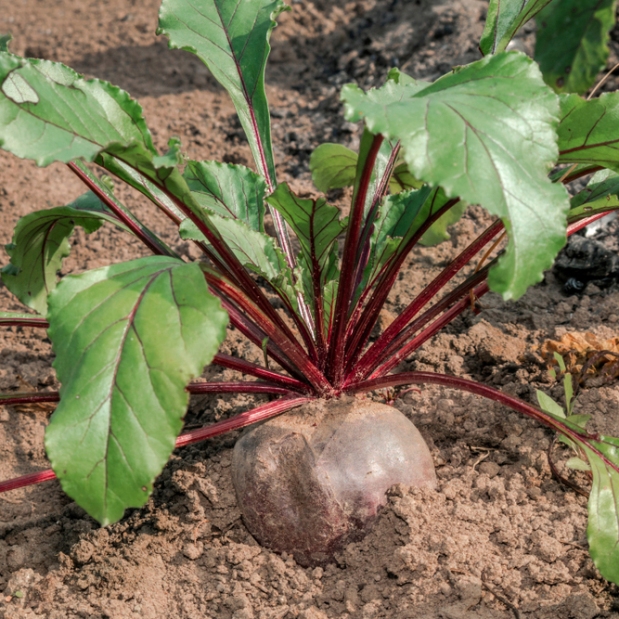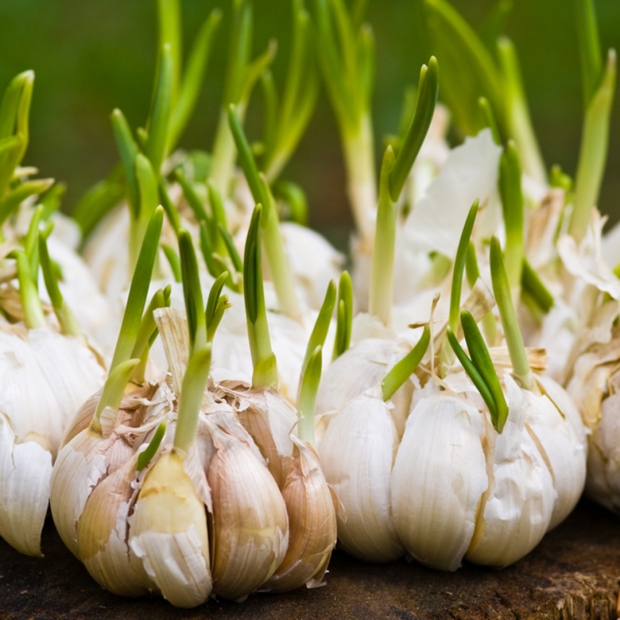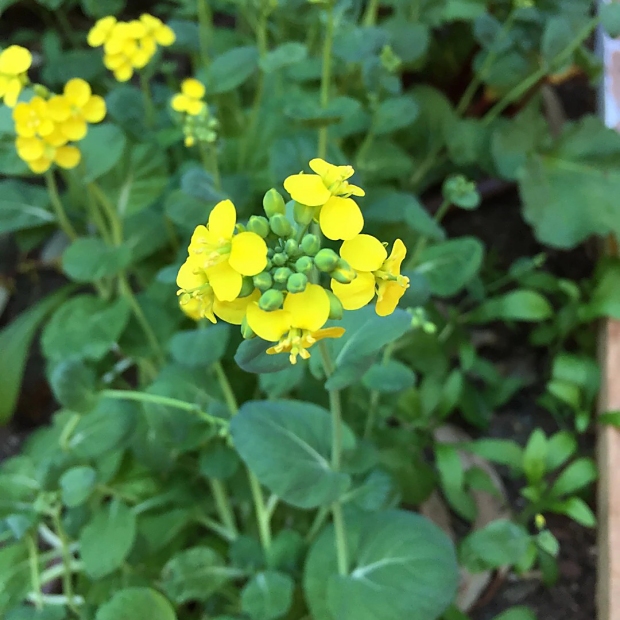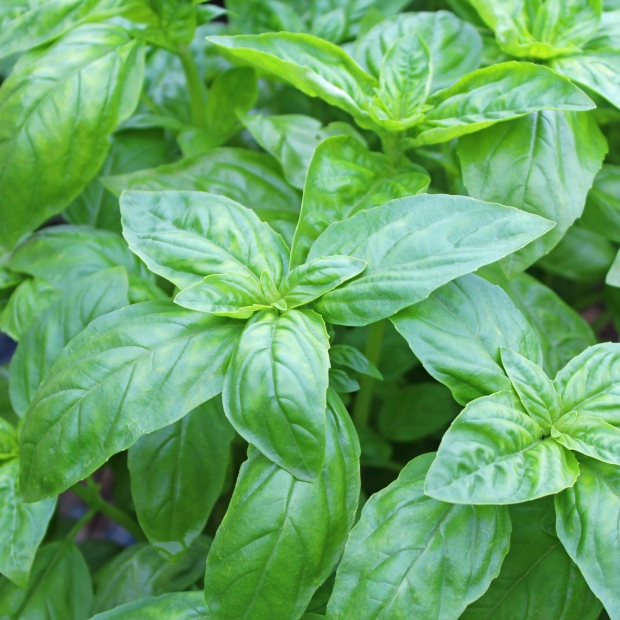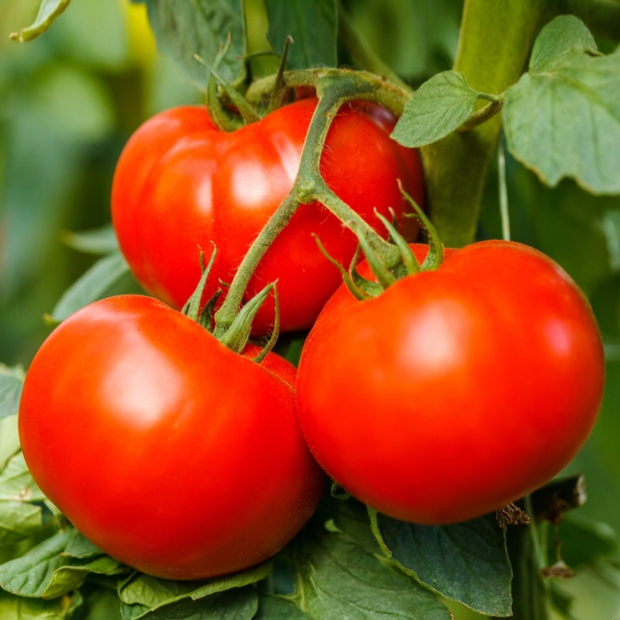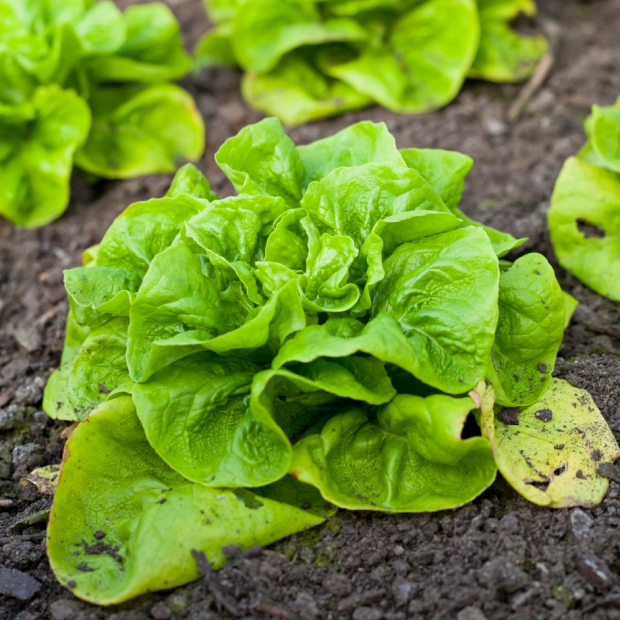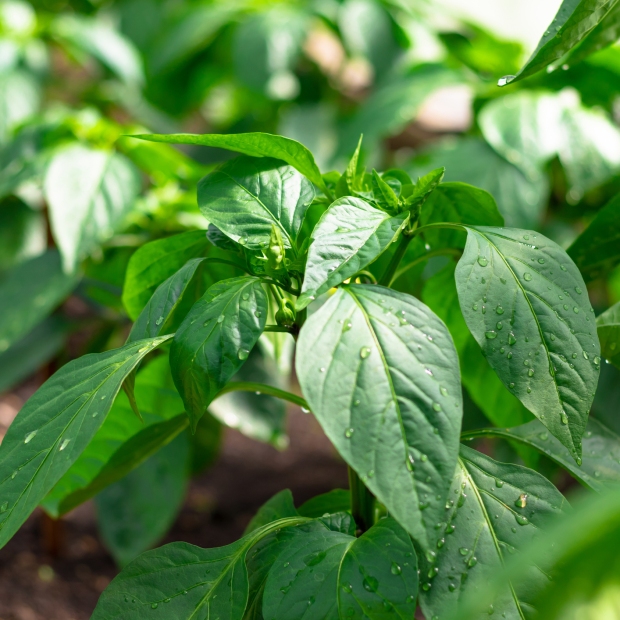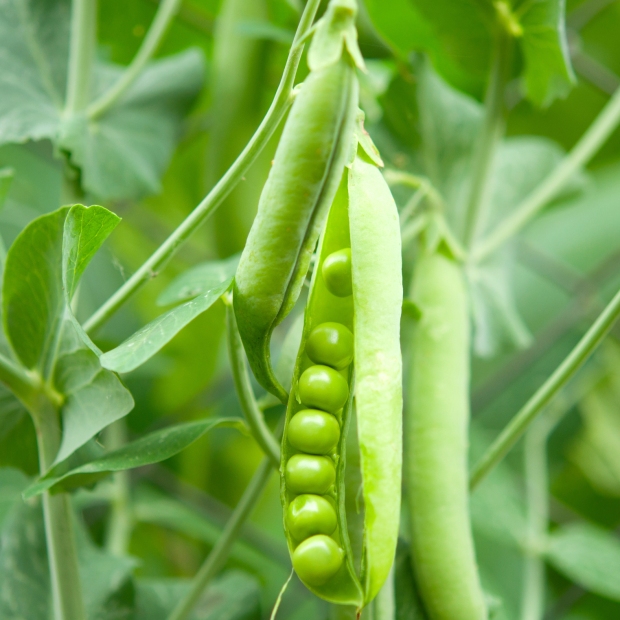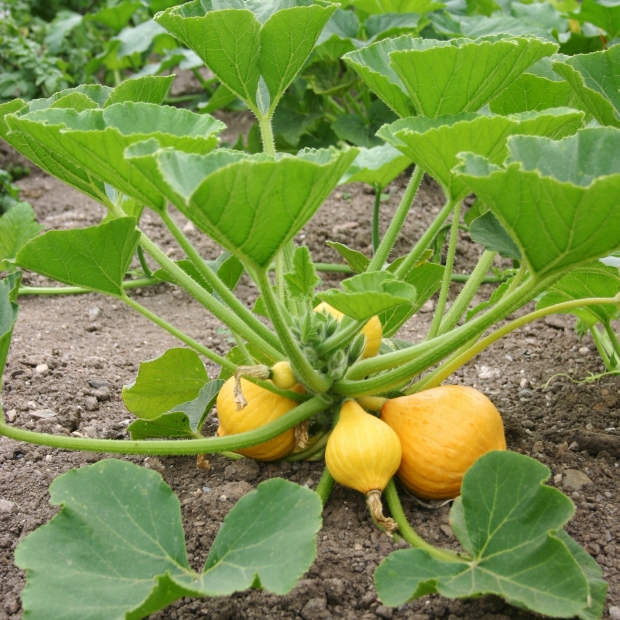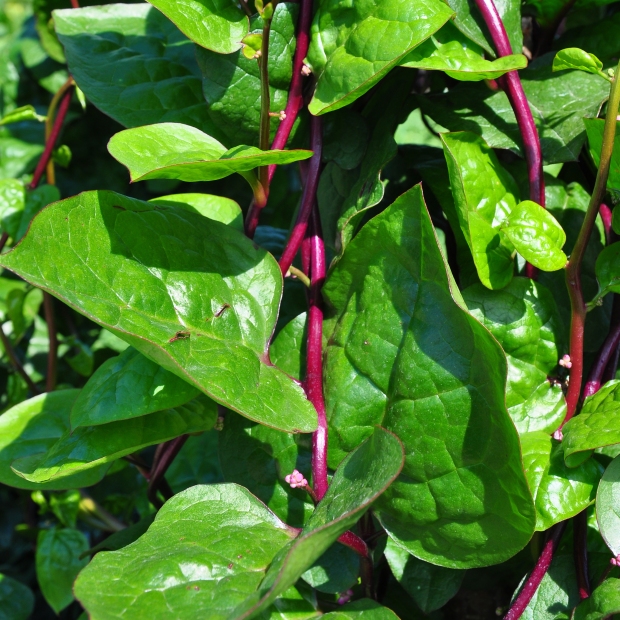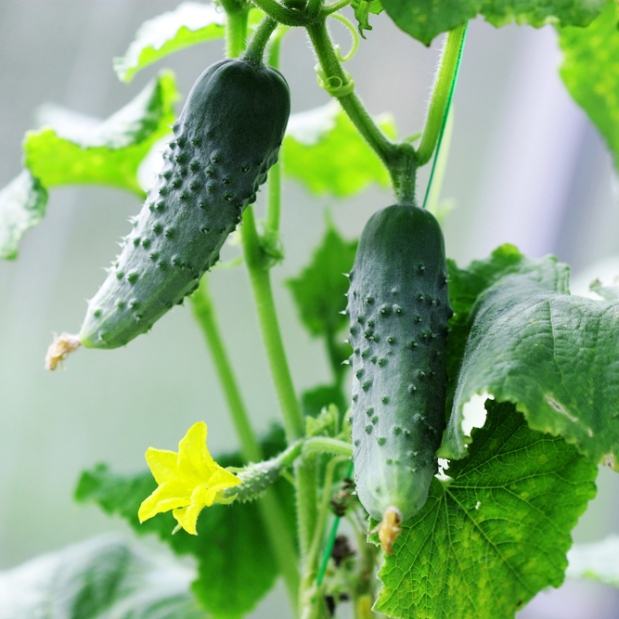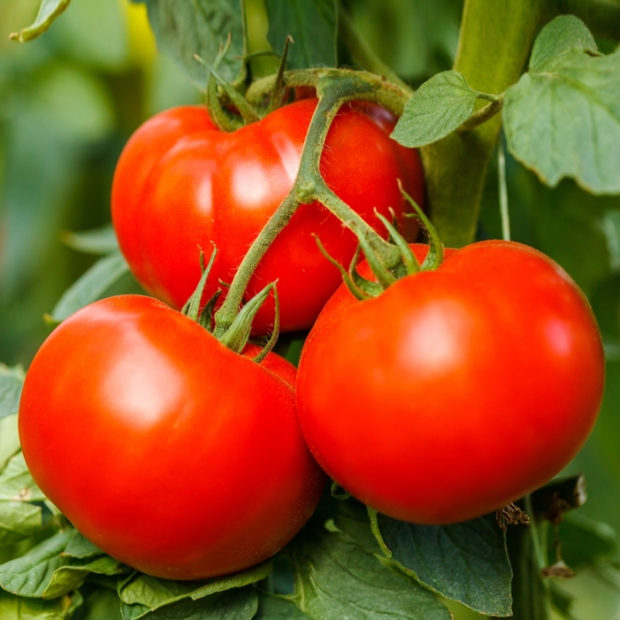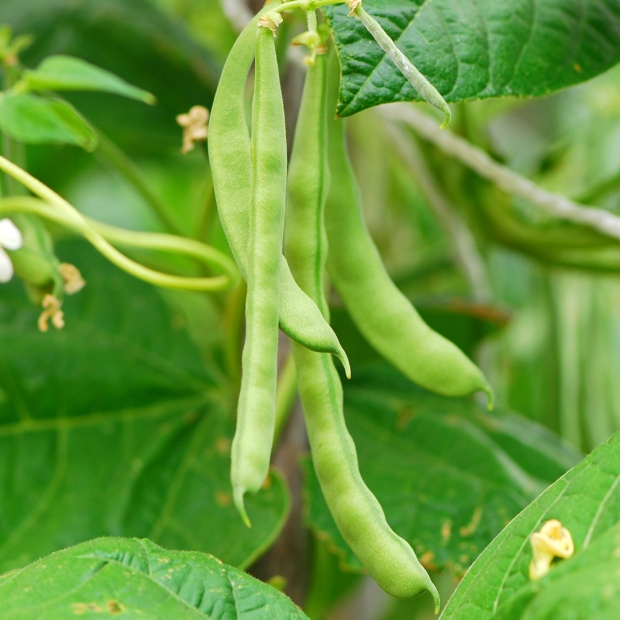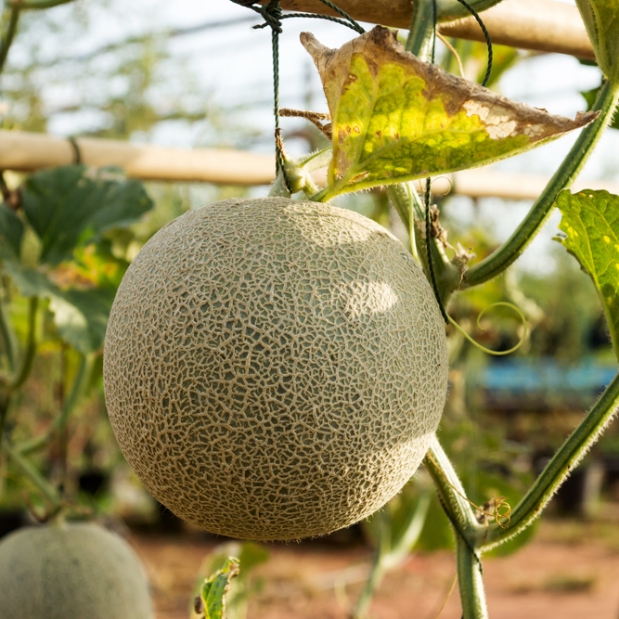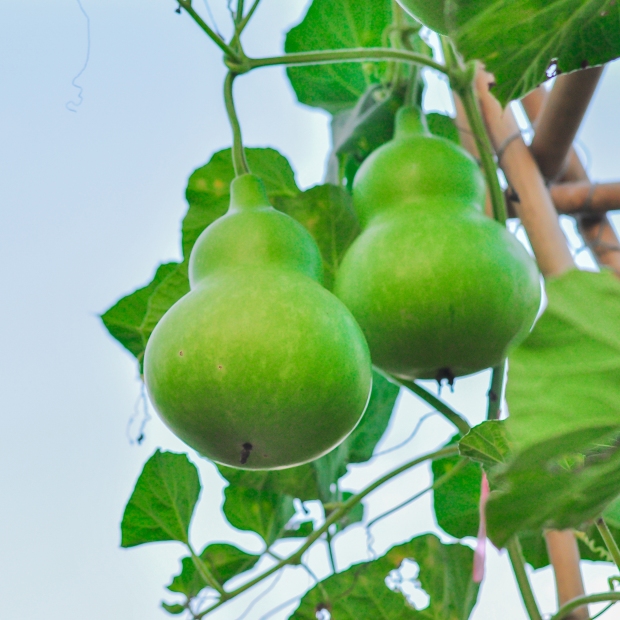What to Do About Brown Tips on Plants?
One of a gardener’s worst fears is spotting brown tips on their plants. Here is what to do when that happens.
All gardeners hope that their plants will live healthy lives without any complications. However, as you likely know, that ideal scenario rarely takes place. What’s more common is that your plants will face some sort of challenge while they try to grow and expand. One of the most prevalent of those issues is finding brown tips on your plants.

Brown tips on plants can be concerning at first. But if you know what to do, dealing with this situation is a somewhat straightforward process. We’ll describe what you should do when brown tips appear on your plant’s leaves. We’ll also explore some of the top reasons why this problem occurs in the first place.
1. Remove Brown Tips from Your Plants
The approach you should take to remove brown tips from your plants will differ depending on the scenario. In some cases, the brown parts of your plant will appear only at the tips of the leaves. In other instances, the brown color may spread to cover most or all of a leaf.

Cut off the brown tip
This first remedy is helpful for the times when the brown appears only on the tips of your plant’s leaves rather than overtaking the majority of the leaf. This resolution involves these three simple steps:
- Find scissors that are sharp and sterile
- Cut to mimic the natural shape of the leaf
- Consider leaving some brown parts on the leaf
Those tasks appear easy on the surface. However, take some time to understand the details of why each one is important.

Sharp and sterile scissors
The first stage of nearly any gardening chore is to gather the right tools and materials for the job. Regarding pruning, the most important tool you’ll need is a set of scissors or hand pruners that are both sharp and sterile.
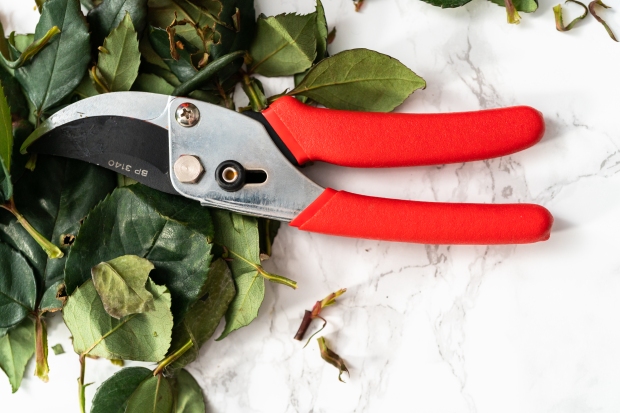
The sharper your pruning tools are, the easier it will be to cut through your plant’s living tissues. This makes for a clean cut that is not likely to cause any further damage to your plant. But effective cutting capabilities are not all that you should look for in a pruning tool.
Your pruner should also be exceptionally clean, otherwise it could pass bacteria and disease to the plants you prune. That threat of infection is why you should always take time to sterilize your pruning tools before and after you use them. Wiping them with rubbing alcohol is a fantastic way to eliminate any harmful germs.

Mimic the shape of the leaf
Once you have a suitable set of scissors or hand pruners, it is time to cut the brown tips from your plants. Again, remember that this tactic is only appropriate when just the tips of your plants are brown. If that is true for your plants, here is what you should do:
- Notice where the brown parts of the leaf meet the healthy green part
- Study the natural shape of the healthy leave on your plant
- Cut near where the brown meets the green
- Continue cutting in a shape that mimics the shape of a normal healthy leaf
Follow the general shape of a healthy leaf until you have removed most of the brown part of the plant. Using that shape will make it more likely that your affected leaf will look more like the others once it has healed.
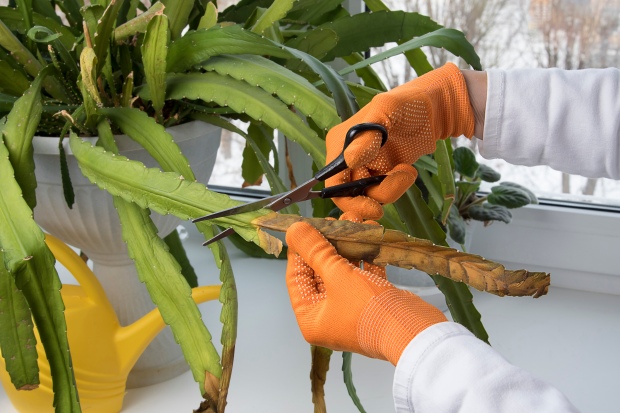
Leave some brown parts
In the last step, we mentioned cutting near where the brown meets the green part of your plant. However, that direction may not be detailed enough. What some gardeners claim is best is to leave some of the brown on the plant.
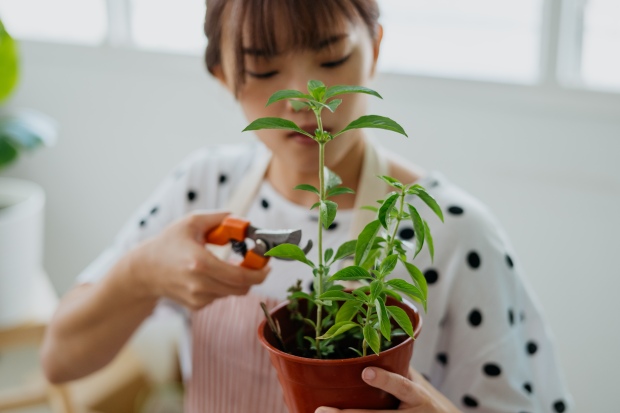
The idea here is that if you don’t cut into the green part of the leaf, you won’t do any more damage to the plant. If the brown part you leave is small enough, the plant should have no problem healing it and returning to its healthiest state.
Or, prune the entire leaf
Sometimes, the brown parts of your plant appear on more than just the tip of the leaves. Instead, the brown portion may overtake most of the leaf. If that is what you are seeing on your plants, then you’ll need to take a different pruning approach.
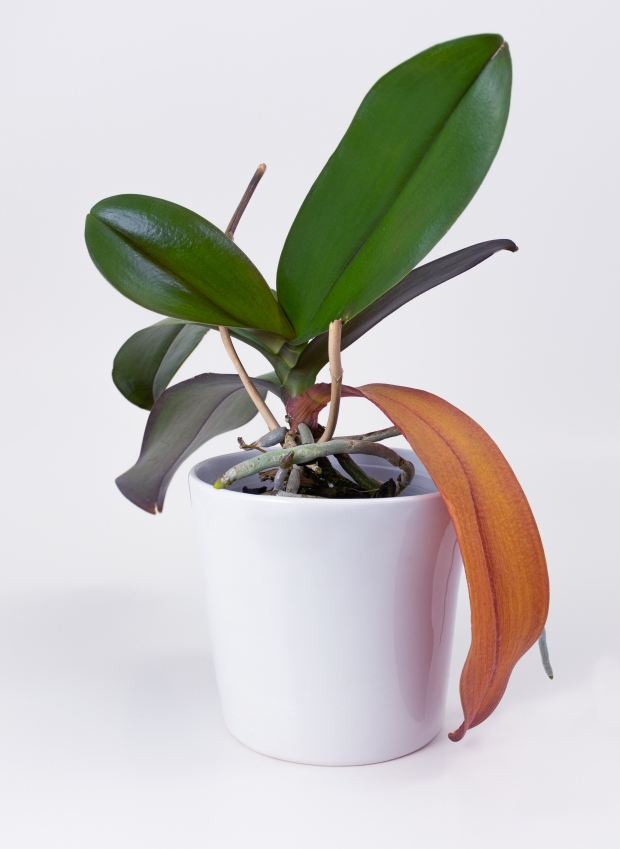
The initial step of this pruning job is the same. You’ll need to find a clean and sharp pair of scissors or pruning shears. The difference comes when it is time to make a cut.

Rather than carefully cutting away a small part of the leaf, the chances are that you’ll need to remove the entire leaf. To do so, follow the leaf to where it connects with a branch. Make a clean cut close to the branch to remove the leaf while encouraging your plant to heal quickly from your pruning cut.
2. Treat the Root Cause of Brown Tips on Plants
By now, you know how to treat a plant that has brown tips. But what is more crucial is understanding why that brown part appeared in the first place. To do that, you’ll need to know the answer to one essential question.
Why do brown tips appear on plants?
There are many reasons why brown tips may appear on your favorite plants. Here are some of the most widespread reasons:
- Lack of soil moisture
- Lack of humidity
- Compacted or damaged roots
- High soil salt content
- Pest infestation or disease
Once you know the reason why your plant has brown tips, you are one step closer to preventing the problem from occurring again.

Go forth with confidence
The emergence of brown tips on your plants is worthy of your concern. But if you know what to do, resolving that problem is something you can do quickly and easily. All you need to do is use the information in the sections above, and you can get rid of those brown spots right away.
